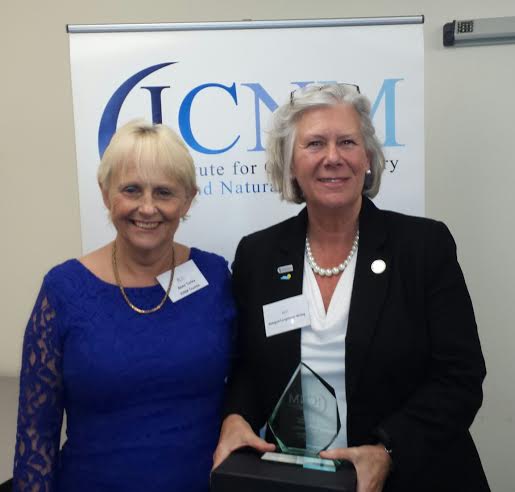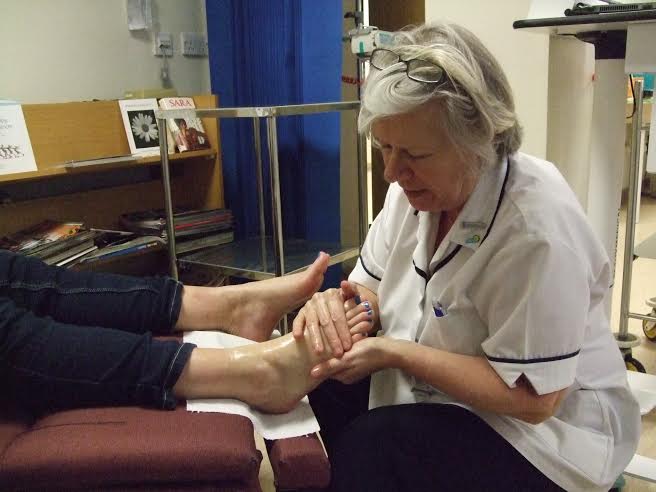A COMPLEMENTARY PRACTICE
with Abbigail Langstone – Wring. BSc SBRCP MAR.
THE SUNSHINE VITAMIN.
Why is it that people feel happier and appear healthier in the summer ?
Could it be due to the fact that people feel more physically able to get outdoors in the fresh air when the weather is more clement and the days are longer ? Could it be the infectious high spirits of involving oneself in events such as Glastonbury, Ascot or Wimbledon ? ( to avoid raising blood pressure I have omitted football or politics) OR Could it be due to an unconscious change in diet. Common sense supported by evidence shows us that people are more likely to eat differently in the summer months. Replacing a “winter warmers” recipe with lighter salads, increasing fish consumption veering more towards a “mediterranean diet”
Linking all of my thoughts above, I would like to tentatively suggest that the singular most likely answer to the question posed is sunlight.( Not rocket science really )
I have previously written about SAD ( seasonal affected disorder) and how research has proved the negative impact of deprivation of daylight on mood. As a holistic practitioner I believe that emotional wellbeing has a positive effect on physical health. Therefore improving mood is going to improve energy and motivate us into action, creating a cycle of general wellbeing
To support and enable healthy functioning of our mind and body we require a balanced diet that contains a full range of vitamins and minerals. As we age are digestive systems can become less effective at producing enzymes needed to aid digestion, especially if other health issues exist. This may lead to vitamin and mineral deficiencies.
One vitamin that has caused a flurry of media interest in recent research is Vitamin D.A BMJ clinical review (2010) found that 50% of the adult population have insufficient levels of vitamin D and that 16% have severe deficiency during winter and spring. Vitamin D deficiency is characterized by an inability to calcify the bone matrix (Osteomalacia) Resulting in softening of the skull bones, bowing of legs, spinal curvature and increased joint size. Once common these diseases are now rare. Although according to recent press information the diagnosis of rickets in children within certain communities in the UK is on the increase. More generally recognised is the rise in tooth decay in children and osteoporosis in adults. Once thought as only affecting females, osteoporosis can in fact affect both genders. Vitamin D deficiency ( NHS Choices ) may also increase the risk of developing heart disease, bowel cancer, breast cancer, diabetes, MS and autoimmune disorders such as rheumatoid arthritis. People who are at a greater risk of developing Vitamin D deficiency fall into the older age group, but also individuals who have limited access to sunlight e.g. night workers and people living in highly polluted areas.
There are two types of vitamin D. D2 is made by plants and D3 is created by the action of sunlight on the skin. As we age we become less able to synthesize Vitamin D.The process of synthesizing Vitamin Dis complex, involving the skin, liver, kidney and intestines. In the skin, sunlight changes the precursor of Vitamin D into vitamin D3. It is then transported to the liver and converted by an enzyme into a substance five times more potent than D3. This in turn is then converted by an enzyme in the kidneys into the most potent form of vitamin D3. This simplified illustration highlights the vital role that the liver, kidney and intestines have in the process. Therefore any disorders of these organs will inhibit the process.Resulting in a deficiency of Vitamin D.
Poor diet has of course a role in any disease development and surprisingly, malnutrition is an issue of rising concern in the very young and elderly. Natural sources of vitamin D include cod-liver oil, cold water fish such as mackerel, salmon and herring. Egg yolks. Vegetables are low in vitamin D, but best sources include dark green leafy vegetables. Vitamin D is best known for it’s ability to stimulate the absorption of calcium. It is added to milk and other foods, such as breakfast cereals.
Note of caution. Vitamin D has the greatest potential to cause toxicity in comparison to other fat soluble vitamins.
For more information on how nutrition may play a role in your personal health & wellbeing, consider a peek into my “Holistic Health Tips” book. £9.00 incl P+P available from Buena Vista, Gypsy Lane. Weymouth DT4 0BZ. Tel 01305784986.


